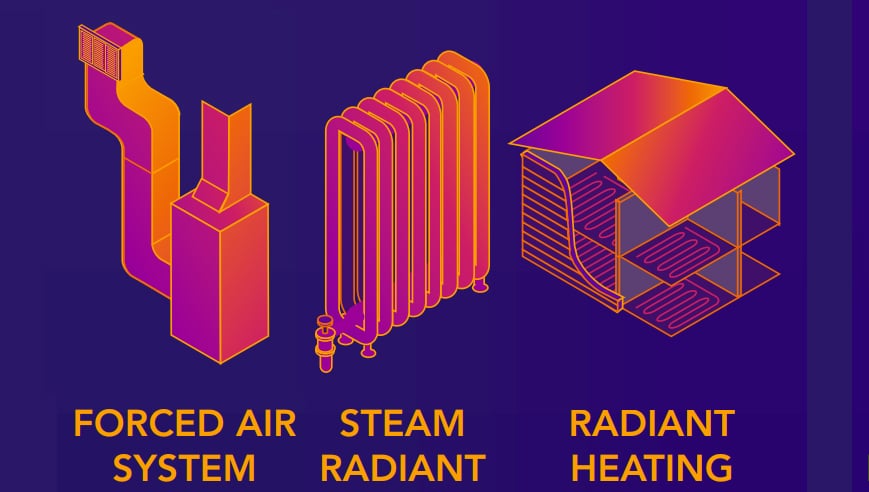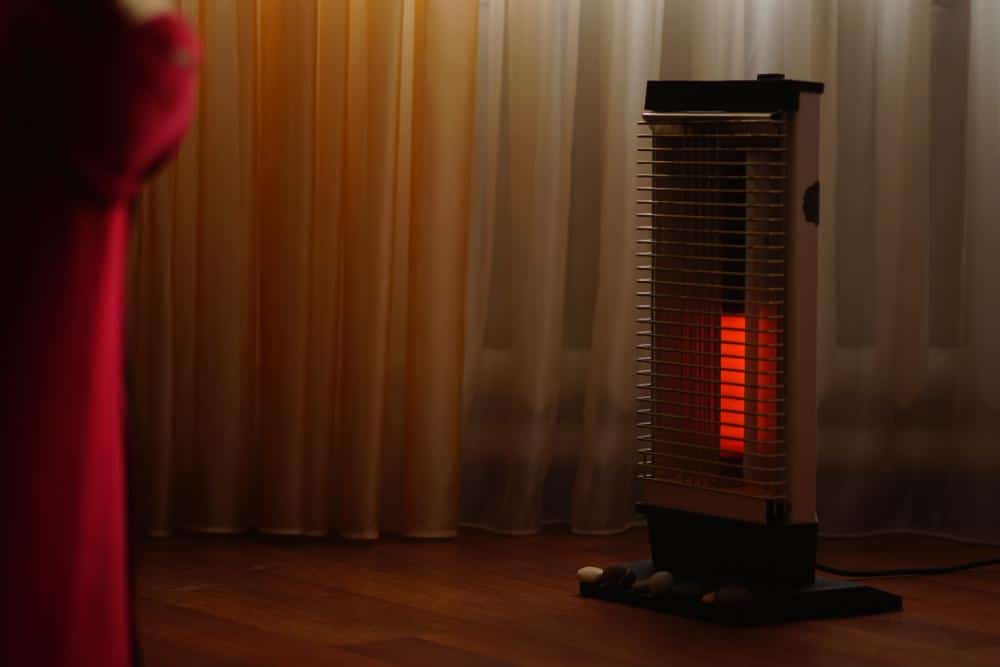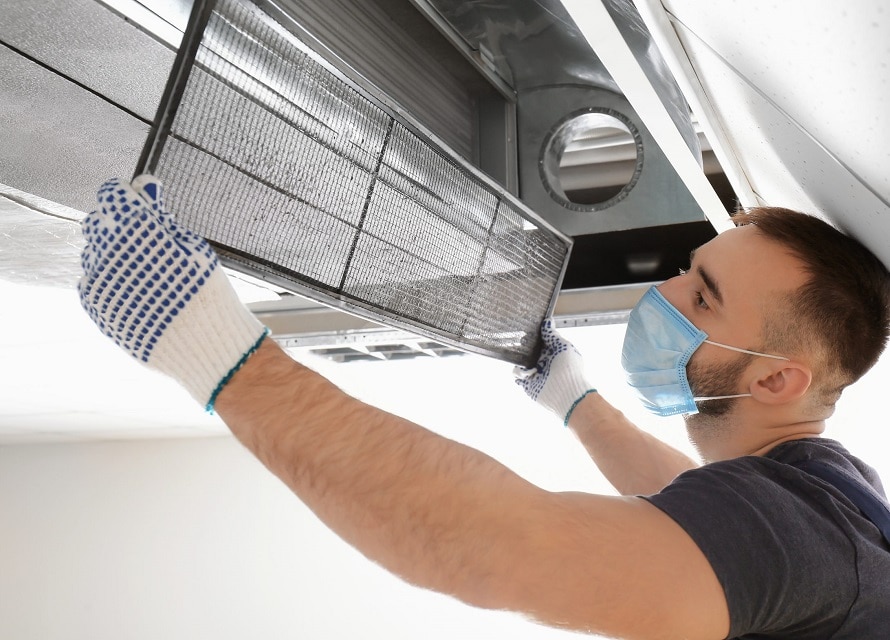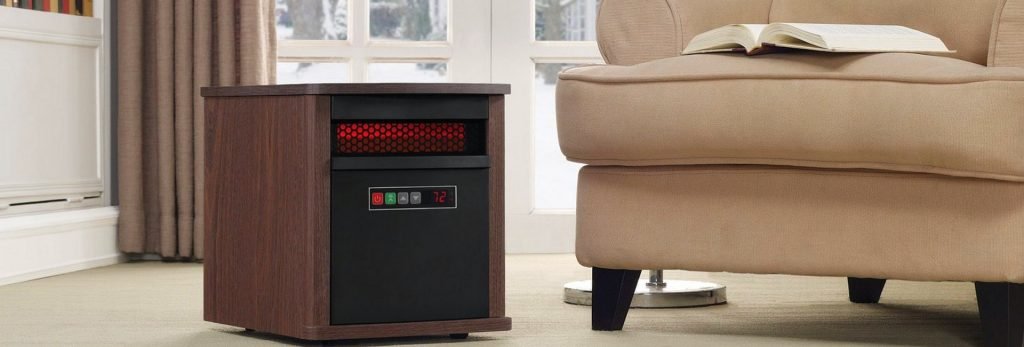Baseboard heaters are great when they’re working. They really warm up a room and keep your home nice and toasty. Sometimes though, when the radiators stop working, it can be quite frustrating. It gets more frustrating when a Google search reveals solutions like “bleed the air from the heaters.” What exactly does that mean, and how do you do it? If you’re not sure how to bleed baseboard heaters, our informative article will help you.
Additionally, our article will cover everything you need to know about heaters with bleeder valves and those that don’t have the required valves. Once you understand how your baseboard heater works, you’ll never struggle with cold, blocked heaters again. Read on to find out how the air bleeding process works!
Air in your heating system is often referred to as your baseboard becoming “air-bound.” Essentially this means that a considerable amount of air has become trapped in the heater.
Air becomes trapped when there’s a blockage or an air bubble that forms in the pipes. The unit is then unable to circulate the hot water through the heating distribution system and doesn’t produce any heat to the room it’s in. Unlike the best pellet stoves, baseboard heaters can easily develop an air blockage.
The process of clearing the air out of the baseboard heater is referred to as “bleeding the air.” Basically, it means the air needs to be purged or let out of the pipes and heating system.
You might want to avoid the whole process of having to bleed the air out of baseboard heaters by investing in a Comfort Zone CZ600 Indoor Space Heater. This electrical heater’s advanced safety system includes a safety tip-over switch that easily cuts the power if the heater is accidentally bumped over by the kids or pets.
A stay-cool body and overheat protection sensor also prevent the unit from getting too hot. Additionally, this electric baseboard heater works silently and has a stylish design, allowing it to fit into any type of décor. With its 1500 Watt output, it’s the best heater for a large room!
The good news is, it’s a DIY job, and you can easily do it in a few simple steps. Bleeding the air out of the heater will make the unit run more efficiently. It’ll also prevent any further damage to your heating system.
If your baseboard heating system has valves, the bleeding process is much easier because you can just bleed the valve that’s not heating up. It might not be necessary to do all the valves. However, if you’re doing a full maintenance on your baseboard heater, it might be a good idea to bleed all the valves.
Units that don’t have valves can be a little more complex. The unit will then have to be flushed, and because you can’t open individual valves, you’ll have to do the whole unit. Read on to see how you can bleed the units with and without valves.
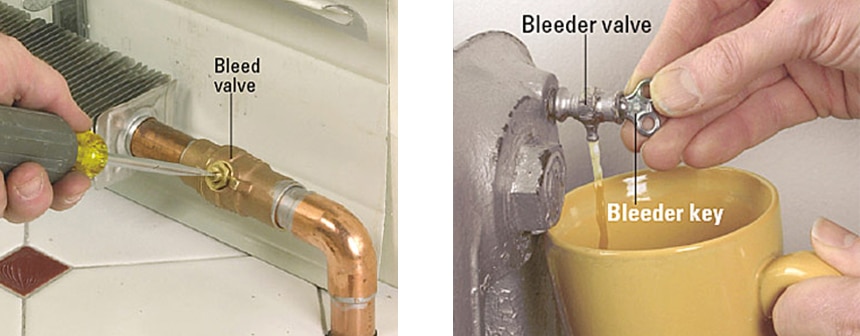
Baseboard heaters have valves that release the built-up air in the pipes. Heaters that have valves make the process so much easier. You’ll need a radiator key or a screwdriver, a small bowl, and a cloth to touch any warm parts as well as to clean up any water spills.
Unfortunately, not all baseboard heaters have bleeder valves. The reason for this varies. It could be as a result of cheaper design or installers cutting corners.
Essentially, you’ll be flushing water around the loop and draining it out of a hose instead of the back of the heater.
If you have a baseboard heating system that’s old and doesn’t have the necessary valves, you might be thinking of replacing the unit entirely. If that’s the case, you might consider one of the best-infrared heaters or even a Fahrenheat FBE15002 Portable Electric Baseboard Heater.
Its portable design means you can move this unit around between rooms. A 120-volt plug will work in most electric outlets. As a safety feature, the unit has an overheat protection feature, which prevents the heater from functioning when the air intake is blocked.
By using convection heat, the unit keeps allergens, bacteria, and dust from blowing around the house. Natural convection Trusted Source Natural Convection - an overview | ScienceDirect Topics Natural convection refers to situations where a buoyancy difference resulting from a temperature difference in a fluid causes movement of the fluid. www.sciencedirect.com means the heat will be moved around the room without loud fans or noisy components. This nifty system is considered to be one of the best types of heating systems currently on the market!
With our easy-to-follow steps, bleeding your baseboard heat system is easier than you think. You might want to consider hiring a professional if your heating system doesn’t have any bleeder valves. Hiring a professional contractor will get the job done quickly and correctly.
The good news, though, is that most baseboard heaters have the required valves. Units with valves are much easier to bleed. And you can set up a schedule to maintain your baseboards heaters throughout the winter months. You no longer have to spend your day wondering how to bleed your baseboard heater. Bleed the air out of your baseboard heaters and returned the heat and coziness to your home!
